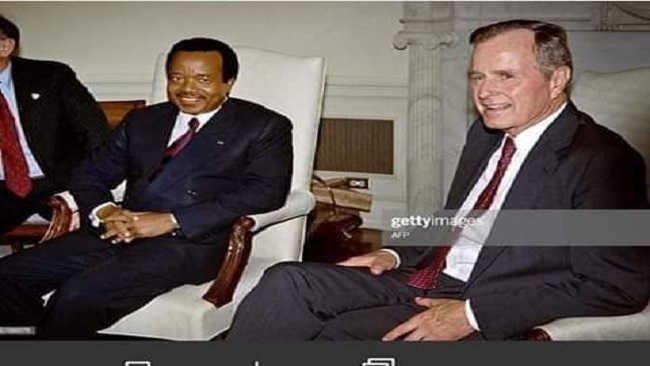As protests hit Algeria and Sudan, where else have Heads of State stayed in power?
News that Algerian President Abdelaziz Bouteflika has agreed to end his two-decade reign amid weeks of protests came as his Sudanese counterpart Omar al-Bashir faced mass demonstrations against his own leadership of some 30 years. But that number is dwarfed by other heads of state around the world who have clung to power for generations.
Africa is no stranger to such lengthy terms of power. Nearly half of the top 15 longest-serving heads of state still in power hail from the continent. At the top of the list is Cameroonian President Paul Biya, who has served in this position or as prime minister since 1975 and Equatorial Guinea’s President Teodoro Obiang Nguema Mbasogo, who took power in a 1979 military coup.
That same year, Iran underwent its Islamic Revolution, bringing the late Ayatollah Ruhollah Khomeini to the helm as supreme leader. After his death in 1989, Ayatollah Ali Khamenei—who was elected president eight years earlier in 1981—succeeded him and has remained in this highest-ranking position for 29 years, bringing his total time in power to 37 years.
Also in 1979, the Republic of the Congo’s Denis Sassou Nguesso won the presidency and held on to it until being ousted in 1992. He retook power during a civil war five years later and has led the country ever since.
In Cambodia, Hun Sen has been prime minister since early 1985 and, about a year after him, Uganda President Yoweri Museveni first assumed his post. After Bashir and the outgoing Kazakh President Nursultan Nazarbayev—who announced the end of his 29-year presidency last month, but will preside over his country’s security council for the remainder of his life—was President Idriss Déby of Chad. The last two rulers in place for over a quarter of a century are Tajik President Emomali Rahmon, in power since 1992, and Eritrean President Isaias Afwerki, who became leader in 1993.
Europe has not been without its double-decade heads of state either, as Belarusian President Alexander Lukashenko won in 2015 his fifth term since 1994. He is followed by two-time Malaysian Prime Minister Mahathir Mohamad, who served from 1981 to 2003, and was elected again last year. He is the oldest of head of state at 93, a year older than the United Kingdom’s Queen Elizabeth II, who is the longest-serving head of state at an unparalleled 67 years, though her powers are largely ceremonial.
While former Cuban President Fidel Castro may still hold the title for longest-ever serving non-royal world leader of at least the past century with some 49 years under his belt, Latin America’s current reigning heavyweight is fellow left-wing revolutionary Nicaraguan President Daniel Ortega. He was part of the ruling military junta that took over in 1979 and served first as president from 1984 to 1990, resisting a U.S.-backed insurgency, and then again since 2007.
Following him was another Cuban ally, Kim Yong Nam, president of the Presidium of the Supreme People’s Assembly of North Korea since 1998. Though not a member of the ruling Kim dynasty—now represented by supreme leader Kim Jong Un—the reclusive, nuclear-armed nation’s nominal head of state is a member of an elite circle playing an influential role in both domestic and international politics.
Finally, Samoa’s Tuilaepa Aiono Sailele Malielegaoi has won five elections to keep his title as prime minister since 1998.
In a list largely dominated by men, Prime Minister Sheikh Hasina of Bangladesh emerged much later with a combined total of 15 years after serving from 1996 to 2001 and again since 2009. German Chancellor Angela Merkel has held her position since 2005, making her the longest-serving current head of an EU country.
The United States instituted a limit of two four-year terms to the presidency in 1951. The move was encoded in the 22nd ammendment, which was devised after former President Franklin D. Roosevelt won an unprecedented four elections, though he died shortly after assuming his fourth term in 1945. Born just one year later, President Donald Trump became the oldest individual to assume the U.S. presidency in 2016 at 70 and will fight for a second, final term next year.
Other leaders of major powers have more recently found ways to bypass restrictions on their rule. Vladimir Putin has led Russia as either president or prime minister in spite of his country’s two-term limit by striking a role-switching agreement with Dmitry Medvedev, who currently serves in the latter position. In China, the ruling Chinese Communist Party voted last year to abolish presidential term limits in the country’s constitution, paving the way for President Xi Jinping to lead indefinitely.
Source: Newsweek







